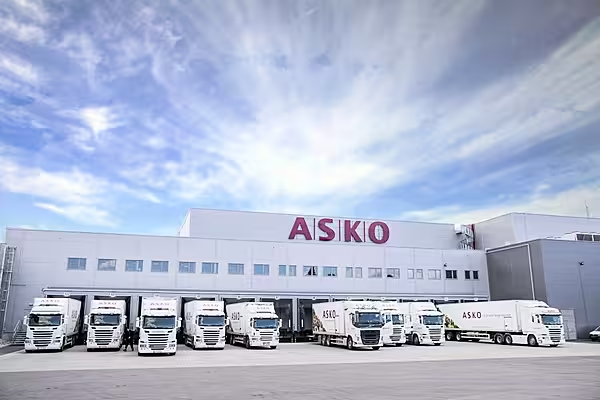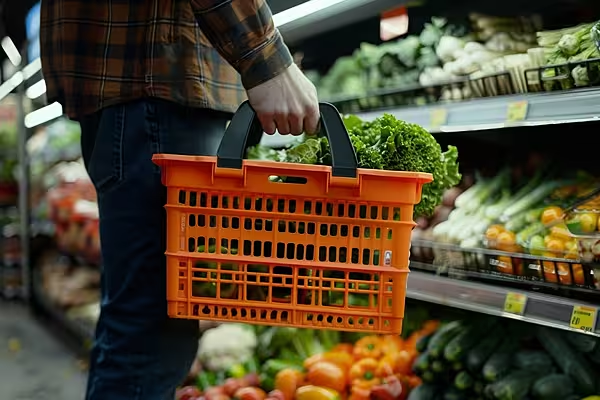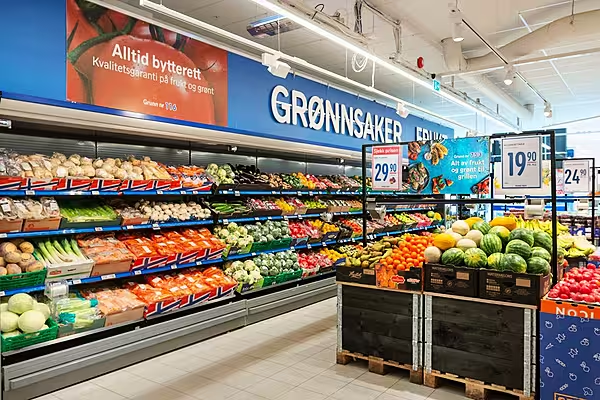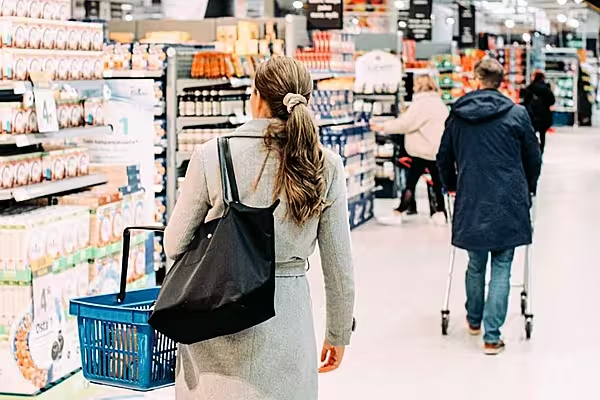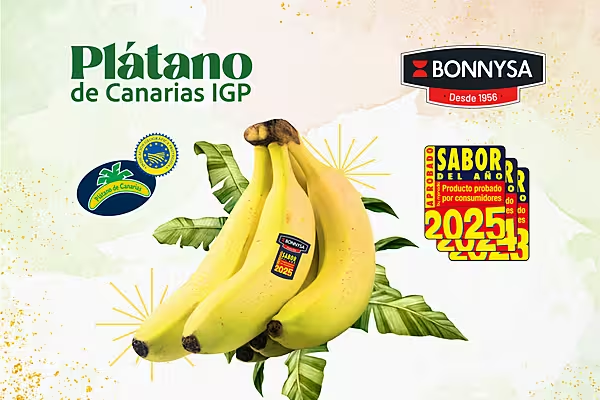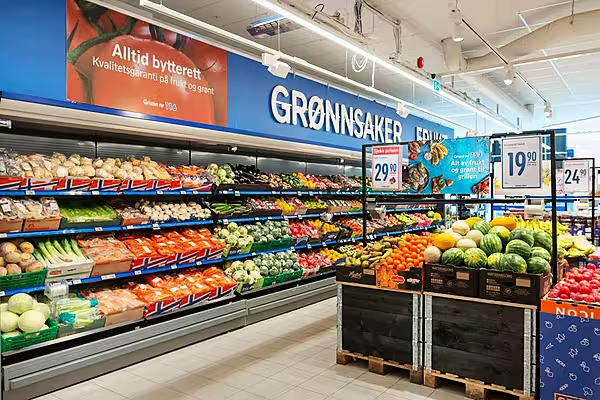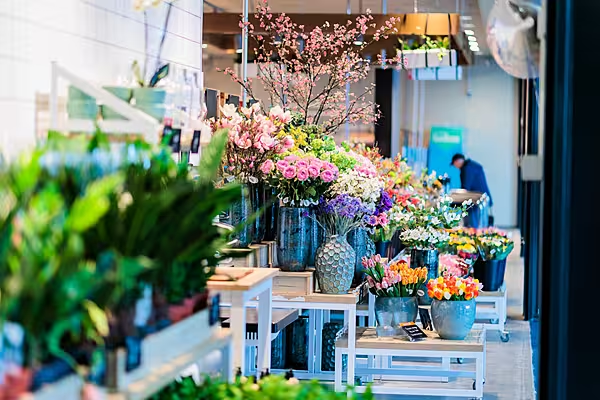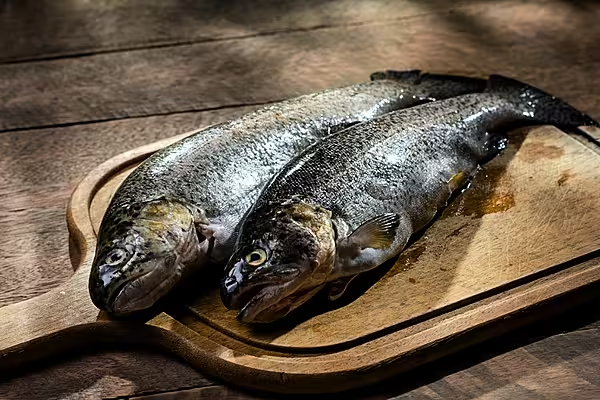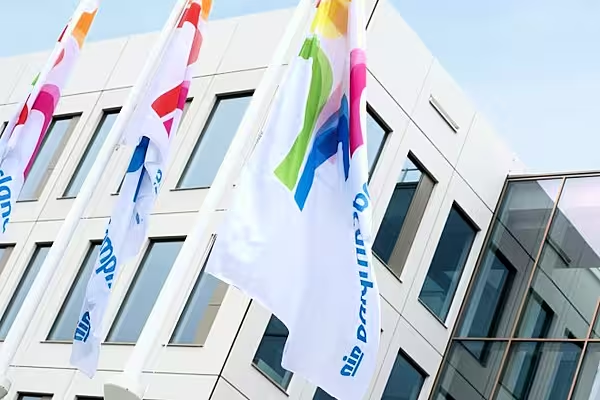Norway will allow fish farming companies to raise their salmon and trout output capacity in nine of the country's 13 ocean farming regions, its fisheries minister has said.
Norway is the world's top salmon producer and fish farming is its largest export sector after oil and gas.
The system of regulating growth in salmon and trout farming will allow for annual net capacity growth of up to 23,000 tonnes of salmon and trout, Fisheries Minister Geir-Inge Sivertsen said in a statement.
Major Norwegian fish farmers include Mowi, Salmar , Leroey Seafood, Grieg Seafood and Norway Royal Salmon.
'Traffic Light System'
Known as the "traffic light" system, the capacity regulation uses a red, green and yellow colour coding system to identify which regions are allowed to grow based on environmental factors such as the prevalence of sea lice.
While fish farmers in nine regions were given a green light to raise output by up to 6%, two regions were designated as yellow, and must thus keep output unchanged, while two were red and must cut by 6%.
Producers who seek to raise their capacity, however, must pay a fee to do so. Some of the new quotas will be allocated at a fixed price per tonne, while some will be distributed to the highest bidders.
News by Reuters, edited by ESM. Click subscribe to sign up to ESM: European Supermarket Magazine.

